Kadomatsu is a decoration with three cut pieces of bamboo and pine for the Japanese New Year’s holiday. After Christmas, you will see this decoration at the entrances of houses and buildings in Japan.
The Role of Kadomatsu Decorations
Kadomatsu is the landmark for the Shinto deity Toshigami-sama to enter your home. In Japan, it is believed that Toshigami-sama comes to each family to bring happiness on New Year’s Day. However, the deity only visits when he is invited. The kadomatsu decorations take on the role of a sign at an entrance to welcome the deity.
The Meaning of Each Part of the Kadomatsu
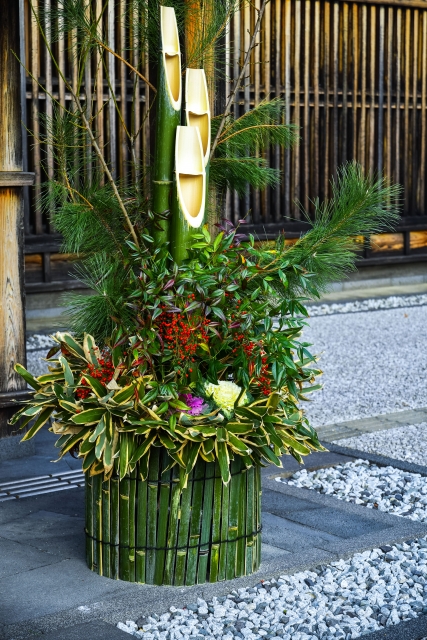
Even though there are some variations, a typical kadomatsu usually includes the following elements.
- Pine tree
The word “kadomatsu” in the Japanese language includes the kanji character for pine tree (“matsu”), so pine is the principal plant used in the decoration. From ancient times, the pine tree has had special meaning to Japanese people: they believe the tree is a place where the spirits of the deities live. Even though the bamboo looks important, the pine tree is essential to the decoration.
- Bamboo
The bamboo is the most appealing in the decoration. Bamboo started being associated with kadomatsu during the samurai society period. It is said that the people believed bamboo was suitable to wish the troubles of life away because it always grows straight towards the sky.
- Plum flowers and flowering kale
Plum flowers and flowering kale are often used as adornments both of which have fortunate meanings. As plum flowers bloom early in the year, during the relatively cold period, the flower is thought of as a strong and durable plant. The flowering kale layering its leaves is interpreted as adding more and more fortune.
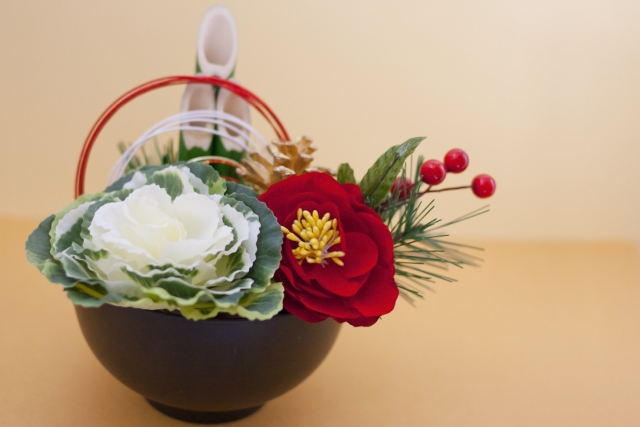
When to Decorate with Kadomatsu
The holy kadomatsu has two rules as to when you should set up and take them down. You must refrain from setting it up on December 29th and 31st. The 29th is believed to be an unlucky day because of its pronunciation (“stand on and suffer” in Japanese). Preparing it on the 31st is called “Ichiya Kazari,” which means one-night decoration. It is considered impolite because it shows that you rushed through the process and did it at the last minute.
The time to take them down is slightly different depending on the area, but please keep it as a decoration until January 7th. Toshigami-sama is believed to stay at your house until January 7th, so it will be disrespectful to take it down any earlier than that.

Why Are There Two Different Cuts to the Bamboo?
During the year-end and New Year’s holidays, various types of kadomatsu decorations can be seen in Japan. The major difference is the cut edge of the bamboo. One style is horizontally cut, which is the original one.
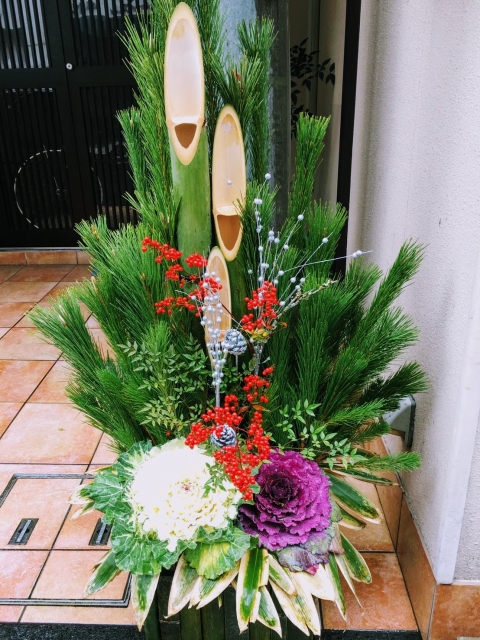
The other one is an oblique cut, much like being slashed with a sword. This style is said to have been started by the first Tokugawa shogun. When he lost a battle during his career, he slashed a bamboo instead of his rival, and wished for a win in his next battle.
If you stay in Japan during the year-end and New Year’s holidays, enjoy the various kadomatsu decorations you will come across!
Are you curious about other Japanese New Year traditions? Read our special article here.

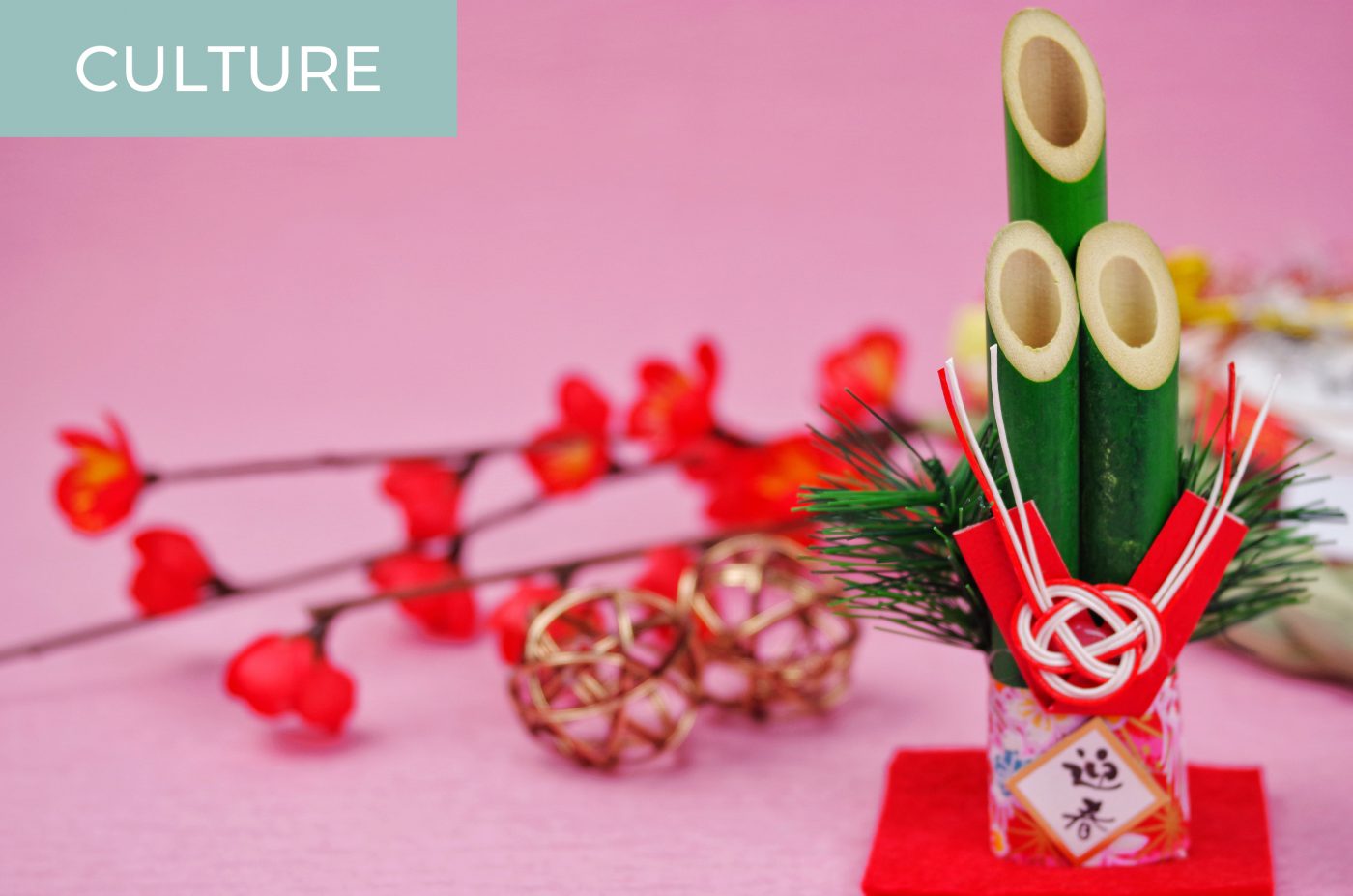
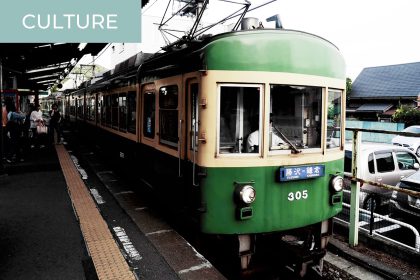
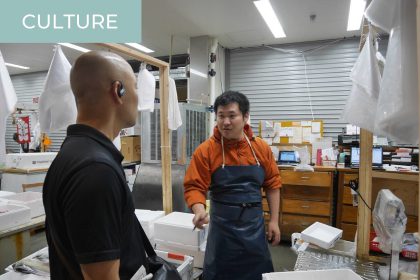

9 Comments
Carol
February 27, 2021 at 8:18 AMHow can we do away with the kadomatsu, if we can’t burn it?
Amélie Geeraert
March 1, 2021 at 9:47 AMThank you for this excellent question!
According to my research, if you cannot burn it, it is recommended to proceed this way:
– Purify the kadomatsu with salt
– Put it in a garbage bag that has never been used
– Make sure to not put other trash in the bag (except for other sacred objects such as lucky charms)
– Throw it away
I hope that helps!
Carol
December 30, 2022 at 8:24 AMThank you for answering my question.
Carol
December 30, 2022 at 8:22 AMHow long does the kadomatsu has to out after Christmas?
Amélie Geeraert
January 4, 2023 at 4:45 PMHi Carol,
Thank you for this new question!
Apparently there is no clear date for when the kadomatsu should be put out, and traditions vary depending on the region. In Kanto (Tokyo area), Tohoku and Kyushu it’s until January 7th, in Kansai (Osaka/Kyoto area) it’s until the 15th, and in some other areas it can go as late as the 20th.
Sandy
January 5, 2023 at 11:18 AMI have a Kadomatsu and live in Oahu Hawaii when do I dispose it? There is so many dates. Please let me know.
Thank you,
Sandy
Amélie Geeraert
January 6, 2023 at 3:54 PMHi Sandy!
The reason there are so many dates is that the tradition says to dispose of it “after the New Year god has visited your house.” So you can either play it safe and leave it until the 20th or dispose of it earlier at your convenience!
Hotoko
January 5, 2023 at 8:15 AMHow do you care for Kadomatsu? I’ve been told to seat it in a bowl of water before, but they foul up quickly and smell like something rotting. Not to mention the amount of fruit flies and gnats it attracts…
Amélie Geeraert
January 6, 2023 at 3:34 PMHi Hotoko!
Thanks for your question. Many people use soil as they would do with a potted plant. Good luck!